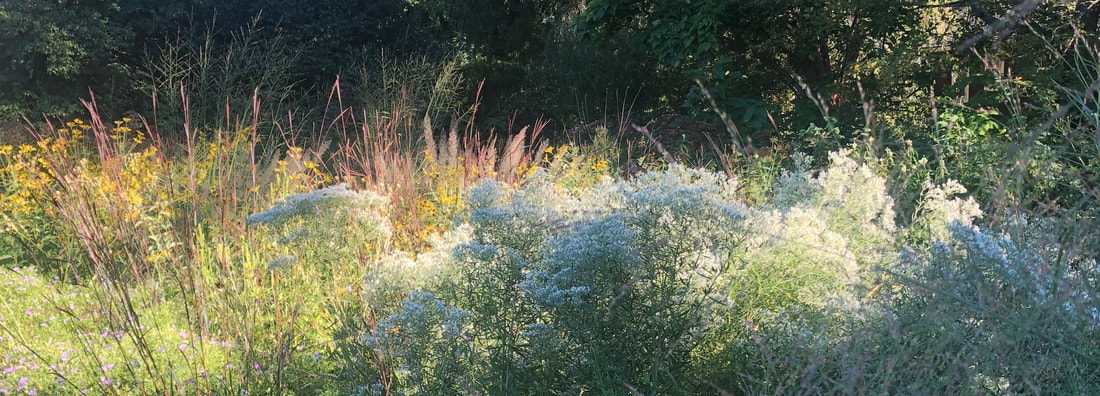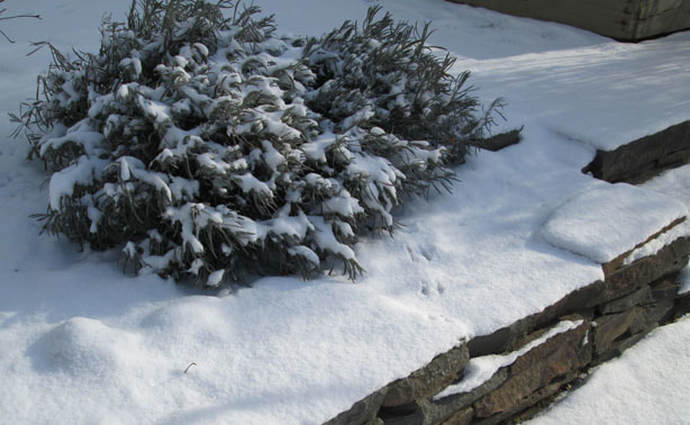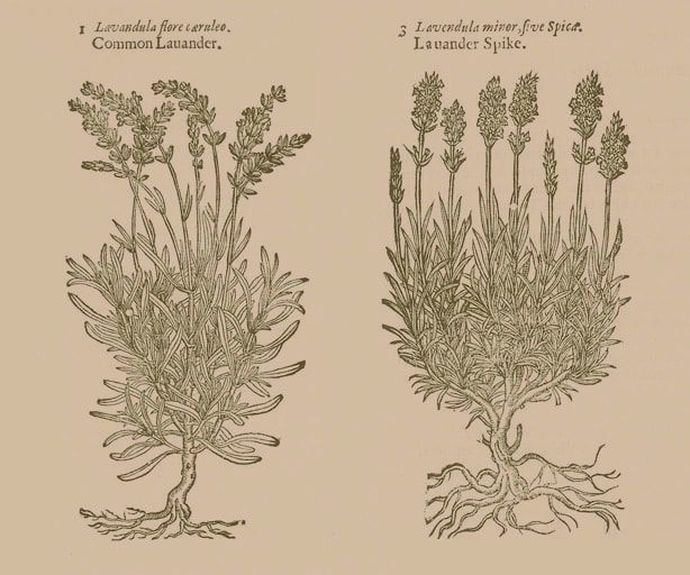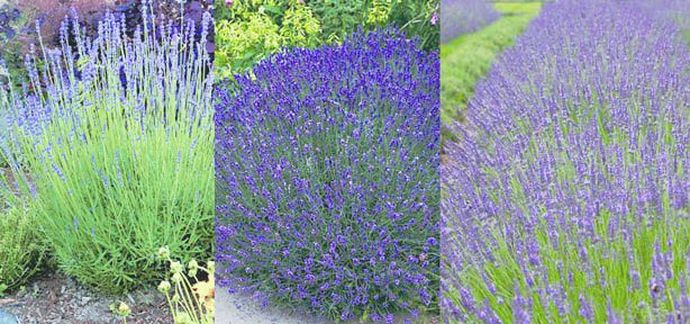|
No, it's not a lost song by W. C. Handy or Ma Rainey, it's just the way I've been feeling during this challenging season! "Why can't I get my Lavender plants through the winter?" is definitely one of the top questions we're asked at the nursery (right up there with, "Why won't my Agapanthus bloom?") So I thought it would be an opportune time to discuss this much beloved, and problematic, plant. Although I usually associate Lavender with English and French gardens, it has a history stretching far back into antiquity. The Romans were mad for it, as was Cleopatra. And Queen Elizabeth I required her gardeners to provide fresh Lavender flowers every day of the year. In Gerard's Herbal (1633) he notes, "The distilled water of Lavander smelt onto, or the temples and forehead bathed therewith, is a refreshing to them that have the Catalepsie, a light Migram, & to them that have the falling sicknesse and that use to swoune much." All swooners take note. Lavender needs lots of sun, good drainage and a high pH, so careful siting and an annual topdressing with a little ground limestone will help your plants thrive. So far, my group of Lavender 'Grosso' seems to be weathering this winter pretty well. 'Grosso' is one of the larger cultivars, and gets good ratings for cold hardiness, but my plants are also on the south side of my house, sheltered from the wind, and get immaculate drainage in sandy soil at the top of a retaining wall. Plus we've had a pretty consistent snow cover, and the deer and rabbits ignore them. So I've got my fingers crossed. In general, the English Lavender varieties are considered the hardiest, but are smaller than the French types and more susceptible to fungal diseases. Scent-wise, they're all delicious, but the English Lavenders are the sweetest, while the French varieties have a slightly more resinous smell. The most commonly available English types are 'Munstead' and 'Hidcote', which I've had seed into gravel. The French cultivars like 'Grosso' and 'Provence' make a larger plant with coarser foliage that is handsome even when not in flower. All these are rated USDA Zone 5 hardy. And I'm looking forward to trialing a new variety this year, 'Phenomenal', a vigorous selection discovered in Pennsylvania and said to be hardy even into Zone 4. That being said, we're still in upstate New York, not the south of France, so losses are inevitable. I would never be without a few plants myself, but I don't recommend making Lavender the focus of an elaborate garden design unless you're prepared to replace at least some of the plants just about every year. For a spiky purple effect with less chance of winter kill, I'd suggest using Nepeta 'Walker's Low', Agastache 'Blue Fortune', or one of the hardy Salvias like 'May Night', 'Caradonna' or 'Blue Hill', all more dependable substitutes in our climate. But really, there's nothing quite like the real thing for the fragrance, the neatness and coolness of the foliage, and the associations attached to it. So do as I do and grow Lavenders in moderation, replace and replant where needed, and enjoy one of the great sensuous pleasures of gardening. Thanks for reading, and hang in there... spring's coming!
2 Comments
6/1/2024 04:55:32 am
One of the reasons why you should set sales goals is because they can pay off in the long run. They create learning opportunities. If your strategy doesn’t go well, it provides valuable data needed to make changes and improve the strategy. If you fail to meet a goal, that means there’s room for improvement and new approaches. Challenging goals can improve the creativity and focus of a team, as they suggest solutions to solve problems.
Reply
6/1/2024 04:55:56 am
One of the reasons why you should set sales goals is because they can pay off in the long run. It creates learning opportunities. If your strategy doesn’t go well, it provide valuable data needed to make changes and improve the strategy. If you fail to meet a goal, that means there’s room for improvement and new approaches. Challenging goals can improve the creativity and focus of a team, as they suggest solutions to solve problems.
Reply
Leave a Reply. |
Welcome to Sempervivum, an opinionated, sometimes informed and completely unqualified journal of gardens, plants and plantings by artist-gardener Robert Clyde Anderson. Archives
October 2021
Categories
|





 RSS Feed
RSS Feed